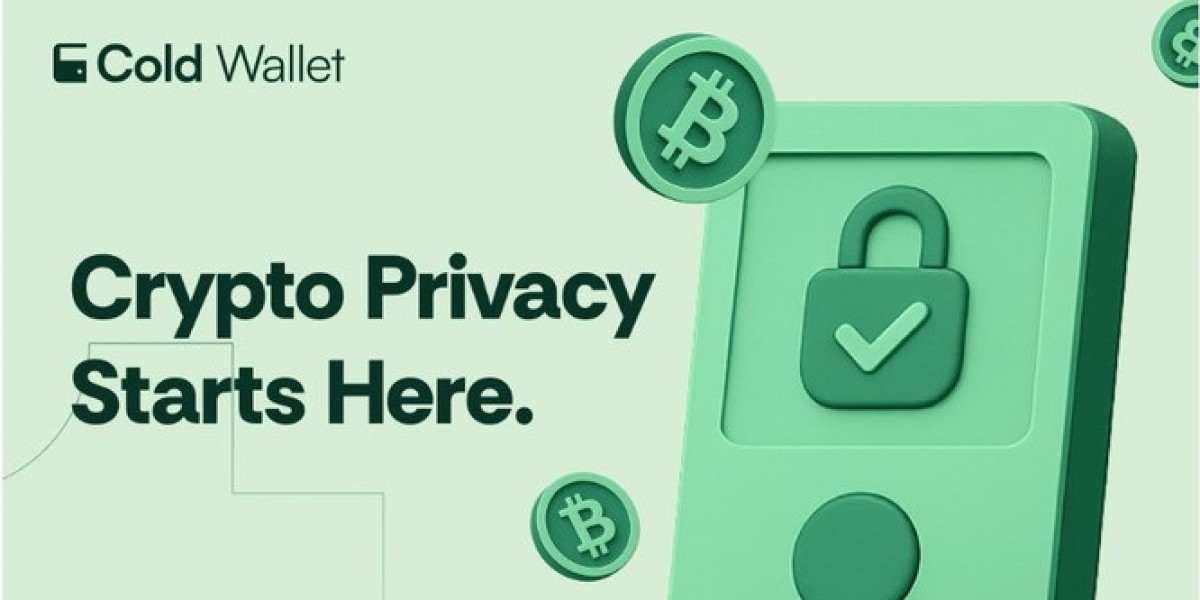A cold wallet refers to a storage device or method that holds cryptocurrency keys in an environment disconnected from the internet. Unlike hot wallets which are constantly connected and therefore more vulnerable—cold wallets are immune to online attacks.
Common forms of cold wallets include:
Hardware wallets (USB-like devices)
Paper wallets (physical printouts of private keys)
Air-gapped devices (devices never connected to the internet)
The cold wallet crypto approach is ideal for long-term storage, particularly for users who don’t need to access their assets frequently. But while this offers better protection from cyber intrusions, it also introduces certain risks that are less talked about.
Risk #1: Physical Damage or Loss
Cold wallets may be safe from hackers, but they are not immune to physical damage. Devices can be destroyed by fire, water, electrical surges, or simply from wear and tear. Similarly, paper wallets can degrade or be lost.
If there’s no proper backup or recovery process in place, losing a cold wallet could mean losing access to your assets forever. In fact, billions of dollars' worth of crypto have been lost due to misplaced private keys or damaged storage devices. This is one of the most significant risks associated with cold wallet crypto solutions.
Risk #2: Human Error
Cold wallets demand a high level of personal responsibility. Generating private keys, securely backing them up, and managing passphrases are tasks that must be executed perfectly. Even the smallest mistake—such as misplacing a recovery phrase or forgetting a PIN can result in irreversible loss.
Many users fail to recognize how technical the process can be. Those who are not technologically adept may find themselves overwhelmed by the setup, which increases the chances of making costly errors.
Risk #3: Lack of Immediate Access
One of the biggest trade-offs with a cold wallet is convenience. Because the wallet is offline, accessing your funds requires physical access to the device and often multiple authentication steps. In an emergency—like a sudden market crash—this delay can prevent users from taking quick action.
This aspect of cold wallet crypto storage makes it less suitable for active traders or those who require fast liquidity. While your assets may be safe, they may also be inaccessible at critical moments.
Risk #4: No Built-in Recovery Mechanisms
Unlike some hot wallet solutions that offer account recovery via customer support, cold wallets place the responsibility solely on the user. If your recovery phrase is lost or compromised, there is no way to retrieve your funds. This makes cold wallets unforgiving, especially for new users unfamiliar with private key management.
The best approach involves keeping multiple backups of your keys in secure and separate locations, but even that requires meticulous planning and execution.
Risk #5: Social Engineering and Theft
Even though cold wallets are offline, they are not completely immune to theft. Someone who gains physical access to the device or paper wallet can potentially access your crypto. Social engineering, where attackers manipulate individuals into giving away sensitive information, remains a threat.
Moreover, if you are storing your cold wallet in a safe or bank locker, third-party access is still a possibility. Therefore, secure storage of the physical device is just as critical as cybersecurity measures for online wallets.
Why Cold Wallets Still Matter
Despite these risks, the importance of cold wallet crypto strategies remains undisputed. They continue to be the most secure method for long-term storage of digital assets. For investors who prioritize safety over speed and convenience, cold wallets offer peace of mind.
However, the key takeaway is this: cold wallets are not a one-size-fits-all solution. Users must be aware of the associated risks and prepare accordingly. Responsible usage includes:
Maintaining multiple encrypted backups
Using tamper-evident packaging for devices
Keeping recovery phrases in secure locations
Avoiding sharing any sensitive data with anyone
By combining best practices with proper planning, users can maximize the security benefits of cold wallets without falling into the common traps of offline storage.
Final Thoughts
The appeal of going completely offline is understandable in a digital world riddled with cyber threats. But as this article shows, cold wallet crypto methods come with their own set of vulnerabilities most of which stem from the human factor.
Rather than abandoning the idea, it’s about understanding the full picture. Use cold wallets for what they are best at—long-term security and make sure you are fully equipped to handle the responsibilities that come with them.
By being informed and prepared, you can harness the advantages of cold wallet storage while minimizing the risks that so many overlook.














